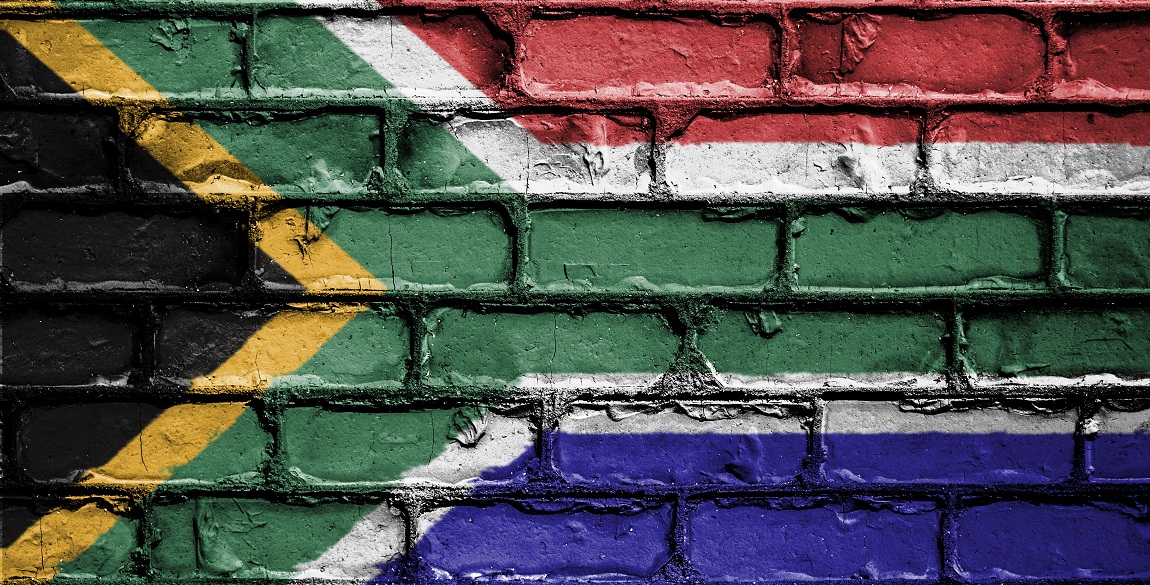EXPLAINER
The siege of Kashmir continues. About a week ago, the Indian government deployed over 30 000 more troops to the area which is already one of the most militarised regions in the world. The Indian state took over schools, police stations and mosques. There have been arrests of political leaders, and journalists. All communication is cut-off and a curfew instituted. These were all actions taken by the Indian government with the Home Minister Amit Shah announcing Article 370 and 35A would be revoked.
Articles 370 and 35A
Both of these articles relate to the relative autonomy Indian-administered Kashmir had. These articles gave special status to Kashmir and the people living in the area. The Bharatiya Janata Party (BJP)-led government revoked both the articles. Article 370 meant Jammu and Kashmir were not subject to the Indian constitution. The other article 35A means that the Indian legislature defines the state’s “permanent residents” and what distinguishes them.
Many have feared the revoking of 35A means that Indian citizens will be able to buy and take over the Kashmiris land. There has also been a wave of misogyny resulting from the revoking of this article. Some Indian men and politicians have taken to social media directing misogynist comments towards the women of Kashmir.
Stand With Kashmir
StandWithKashmir is a global solidarity movement to “bring justice to Kashmir and encourage global citizens to take action.” Through their social media page, the movement has been sharing news and information about what is happening. The Daily Vox team spoke to one of the members about the current situation in the Kashmir Valley.
She said the movement has been involved with advocacy work in Kashmir and other places for quite awhile, formally organising in 2018.
The future of Kashmir
In a national address, Indian prime minister Narendra Modi pledged new jobs, new infrastructure and cultural development in the area. He said: “A new era has been started in Jammu, Kashmir and Ladakh. Article 370 did not give the people anything apart from separatism and terrorism and kept them from progress – it was being used as a weapon by Pakistan.”
Yet, the valley is under lockdown. There are restrictions on medical and food supplies into the area. She says there have been reports that the supplies are running out. Many people outside of the area are unable to get in touch with their loved ones. They can’t communicate with from the outside world. Communications remain down with certain curfew restrictions relaxed for the Eid-ul-Adha festival.
The BBC reported that on Friday, thousands of people took to the streets in Srinagar, the largest state in Kashmir, in a large demonstration. They reported witnessing the police opening fire and using tear gas to disperse the crowd. The Indian government says the protest never took place.
“It was very important for us outside of Kashmir to show people back in Kashmir that we are a unified voice for them, especially now when they literally have no voice,” she said.
UN Resolution 47
In 1947, the Partition took place. This is when India gained independence from the British Empire. The Empire divided the country into India and Pakistan along so-called religious lines. A Hindu maharaja ruled over Kashmir – a mostly Muslim-majority area.
A United Nations Security Council Resolution 47, adopted on 21 April 1948, was to help prepare for a plebiscite to decide the fate of Kashmir. The future of Kashmir was supposed to be decided through a referendum by the people of the region. Till today this has never happened.
The member said the people of Kashmir have always demanded the basic right to determine their future. She says Article 370 gave the ordinary Kashmiri some say over their future. People have lost their autonomy with the revoking of the article.
“The Indian government can artificially change the demographics of the region, flooding non-Kashmiris into the region,” she said adding that this means that the voices of Kashmiris will be squashed.
The StandWithKashmir platform is very important because it is amplifying the voices of people from the “occupied Kashmiri region” said the member. With the siege, people have been changing their social media pictures to red in solidarity.
Red for Kashmir campaign
“The reason we chose red for the campaign is that red signifies the colour of blood. It is the colour of our history. We have been fighting for our Kashmir identity even before India and Pakistan were in existence. There is no one in Kashmir that exists without having been impacted by this conflict,” said the member.
She says she would like people in South Africa and around to realise the current situation in Kashmir is not just about the people in the area. “Think about it – if this can happen to a small place today by the world’s largest democracy that India claims and if we allow this to happen, it can happen to anyone. It’s not just about Kashmir, it’s about humanity that’s at threat here,” she said.
She adds that people should think about the people in Kashmir, not ethnicity, language, religion and culture.
“People shouldn’t think about it as a struggle in Kashmir but as a humanitarian crisis,” said the member.
Featured image via Facebook, credit Eeshan Peer

![[slider] teach-me-how-to-write-azadi-kashmir](https://www.thedailyvox.co.za/wp-content/uploads/2016/09/Teach-me-how-to-write-azadi-kashmir.jpg)







